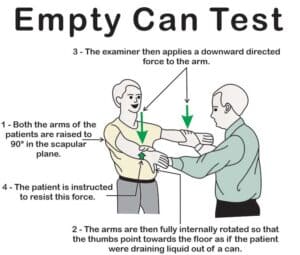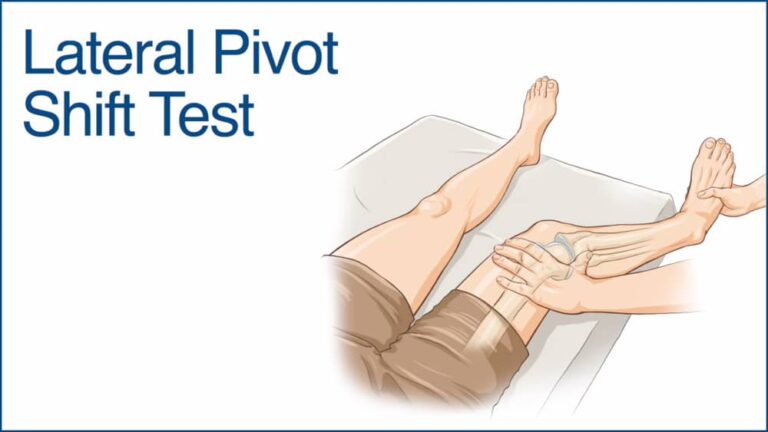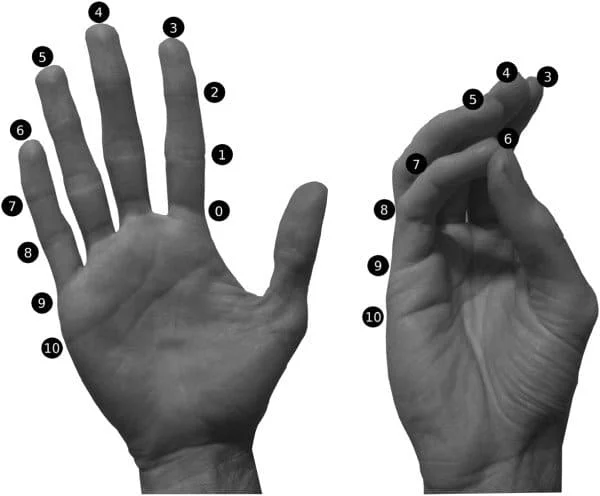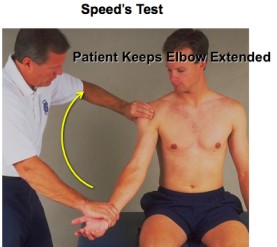Empty Can Test of Shoulder:
The Empty Can Test is a widely used clinical examination technique for assessing the integrity of the supraspinatus muscle and tendon, which are part of the rotator cuff in the shoulder. This test helps in diagnosing shoulder impingement, rotator cuff tears, or tendinitis by evaluating muscle strength and identifying potential sources of pain.
The simplicity and effectiveness of the Empty Can Test make it a valuable tool for healthcare professionals, particularly in differentiating between various shoulder pathologies.
- This test is also known as the job test or supraspinatus test.
- This test is applied by the to clinic check the tear into the muscle of the supraspinatus & tendon of the supraspinatus.
- This clinical test is applied by the therapist or doctor when the patient is complaining about shoulder pain.
- This test is applied when checking the tear in the rotator cuff muscles.
What is the Purpose of the empty can test?
- This test is used to assess the supraspinatus tendon & supraspinatus muscle.
- This test is also used to check the neuropathy of the suprascapular nerve.
How do you perform the empty can test of the shoulder?

- The starting position of the patient is standing or sitting position for the test.
- The patient’s arm is abducted to 90′ with neural rotation & the examiner provides resistance to abduction.
- The shoulder is then medially rotated means internally rotated & angles forward to 30′ so that the patient’s thumbs point toward the floor in the plane of the scapula.
- This situation is called to an empty can position.
- Others have said that testing the arm with the thumb up means the full can is best for maximum contraction of supraspinatus.
What is the result of the empty can test of the shoulder?
- Resistance to abduction is given while the examiner looks for weakness/pain, reflecting a positive test result.
- A positive test result indicates a tear of the supraspinatus tendon/muscle.
- A positive test result also indicates a tear of the neuropathy of the suprascapular nerve.
What is Evidence of the empty can test Of the shoulder?
- Boettcher CE, et al.
- It is demonstrated with the normalized of the EMG with the Empty Can Test which activates the level of supraspinatus muscle approximately 90% of MVC.
- This test is Concurrent activation of the other shoulder muscles tested including the other rotator cuff muscles such as upper subscapularis or infraspinatus, scapular positioning of the muscles such as the upper, middle & lower trapezius, & serratus anterior & abduction torque-producing muscles such as anterior, middle & posterior deltoid which is activated for to similarly of high levels.
- So, this Test is questioned as to valid diagnostic tool for the isolated supraspinatus pathology, because of the high activation of the many shoulder muscles simultaneously.
- Sensitivities of the empty can test = 88.6%
- Specificity of the empty can test = 58.8% in diagnosing the tear of the supraspinatus tendon.






![Test for tight retinacular [ collateral ] ligaments.](https://mobilephysiotherapyclinic.in/wp-content/uploads/2022/02/test-for-tight-retinacular-ligaments.jpg)
